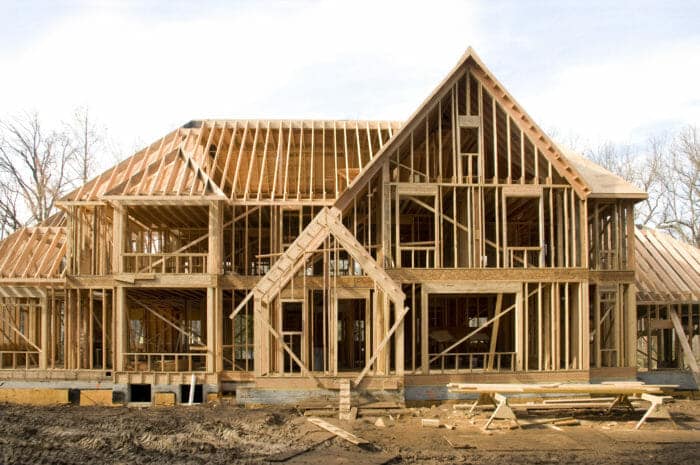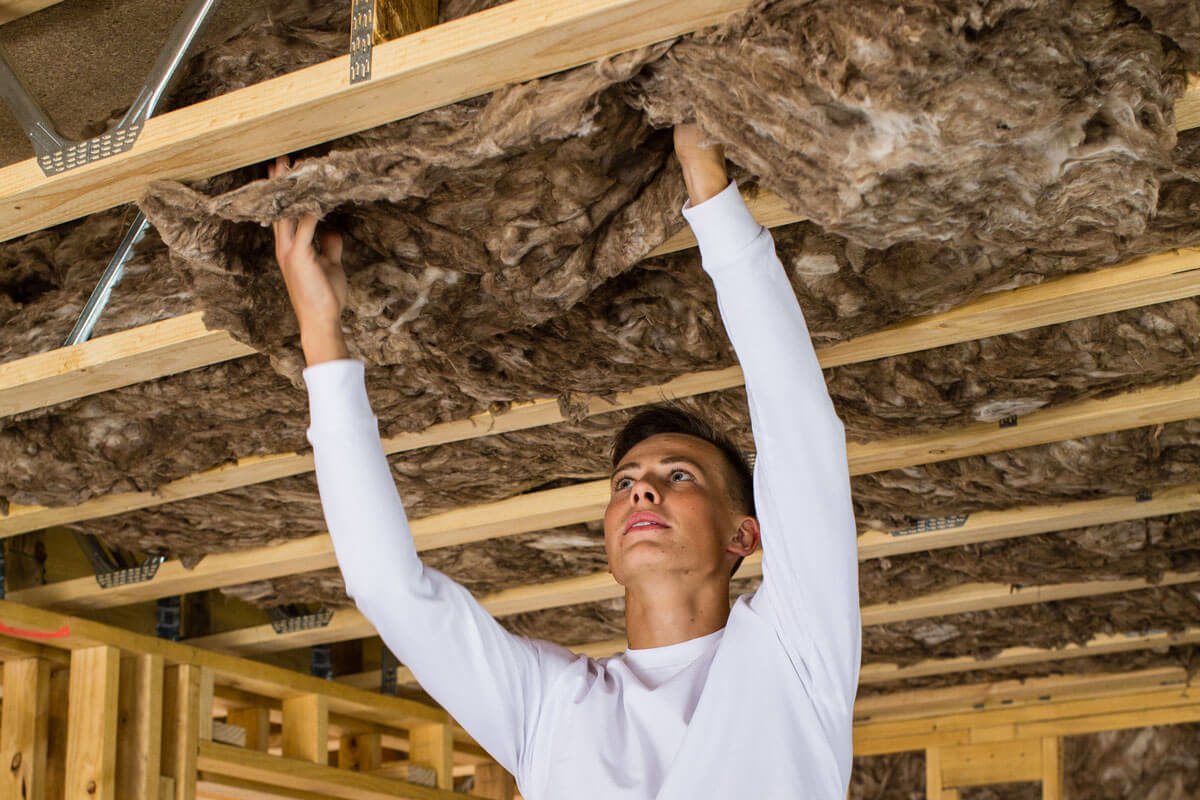Before you begin cutting or measuring grab a pencil and paper and sketch an outline of your floor.
Flash second floor even doe bottom floor not residential.
The average person can sense if a floor slopes 1 inch in 10 feet and sloping floors or sagging floors are often one of the warning signs that structural engineers look for when analyzing a house.
In a single story dwelling you obviously don t have to worry about a floor over your head so engineering and structural things may not be the same as what you ll need to support a second story.
Extremely long spans staircases or interior walls typically require additional support which can complicate your framing.
No matter how hard you try at least one room in your home is either too hot or too cold.
It could be as easy as picking out a thick rug to absorb the sound of your footsteps.
2 to 4 square feet and not the entire floor.
Although most floors slope it is important to know how much and why.
If there is a second floor or a raised section of a floor that is framed rather than directly on the concrete.
However with proper planning and access to quality materials your second story can be fitted with a modern polished concrete floor.
Adding a second flashing either peel and stick membrane or metal flashing between the sheathing and ledger as shown is a worthwhile backup should any water get over around or through punctures in the cap flashing.
For water protection here at a minimum install a cap flashing that tucks under the sheathing wrap and goes over the ledger.
Draw up a basic floor framing plan.
In addition to.
Pouring a concrete floor especially on the second story is no job for a newbie.
Actually even if you live in a house with family members or roommates there s no reason not to soundproof the floors.
Typically the second story floor joists will not only run the same direction as the first floor joists they will also be directly over them.
On the other hand if the floor in question is hollow and thin it could be as difficult as constructing a whole new layer of flooring.
Step 1 check the foundation.
Usually the sponginess will only be in a small area i e.
Typically load bearing walls align from floor to floor though there are ways to accommodate offset loads.
In your example it is quite possible to make the exterior walls.
Your sketch should depict the floor s basic shape and layout complete with any additional features like alcoves nooks and staircases.
Non load bearing partitions can be pretty much wherever you want them to be.
Homes that are built on a concrete slab seldom have spongy floors but there are two conditions where they may have a spongy floor.
We ve all been there.
7 causes of temperature imbalances in the home.




























